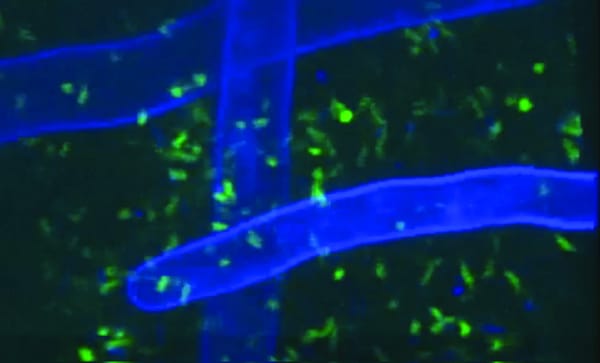Wavefunction may be real after all
Theorem by Imperial scientists could change our understanding of the wavefunction

Scientists at Imperial College London have presented a theorem which suggests that the wavefunction is a physical object. The paper, which emphasises that the quantum state cannot be interpreted statistically, was submitted on November 14 and has potential to shake the foundations of quantum theory.
Wavefunctions are a means of describing the quantum state of particles in quantum mechanics and are given in values which lie in the complex plane. Being functions of space and time, they correspond to the probability density of finding a particle in a given place at a given time after measuring its position.
Quantum wavefunctions are affected by the Schrödinger equation, which describes how the quantum state of a system changes in time. The wavefunction is the most complete description possible for a physical system, and solutions to Schrödinger’s equation describe not only systems at the subatomic level, but also atomic, molecular, and other macroscopic systems, potentially the entire universe.
The paper, submitted by a trio of Imperial physicists led by Matthew Pusey, reasons that if a quantum wavefunction were purely a statistical tool, then quantum states that are unconnected across space and time would be able to communicate with each other. Since this appears to be very unlikely, the researchers conclude the wavefunction must be physically real. The paper has been met with scepticism online, with comments questioning the debunking of the claim that the wavefunction must be interpreted statistically.
David Wallace, a philosopher of physics at the University of Oxford said the theorem is “the most important result in the foundations of quantum mechanics” that he’s seen in his fifteen year professional career. “This strips away obscurity and shows you can’t have an interpretation of a quantum state as probabilistic”, he continued. If the wavefunction is indeed real, it can no longer be set apart from other physical quantities such as momentum and velocity.
Antony Valentini, a theoretical physicist at Clemson University, believes the result may be the most important general theorem regarding quantum mechanics since Bell’s theorem which proved that if quantum mechanics describes real entities, it must include the idea of entanglement between unconnected particles.
The researchers liken their theorem to the notion that a coin being flipped in a biased way has the physical property of being biased rather than it being a statistical property of the coin flipping events. The wavefunction has been interpreted as a statistical tool for 85 years, and the theorem appears to reopen the question of what the wavefunction represents.










